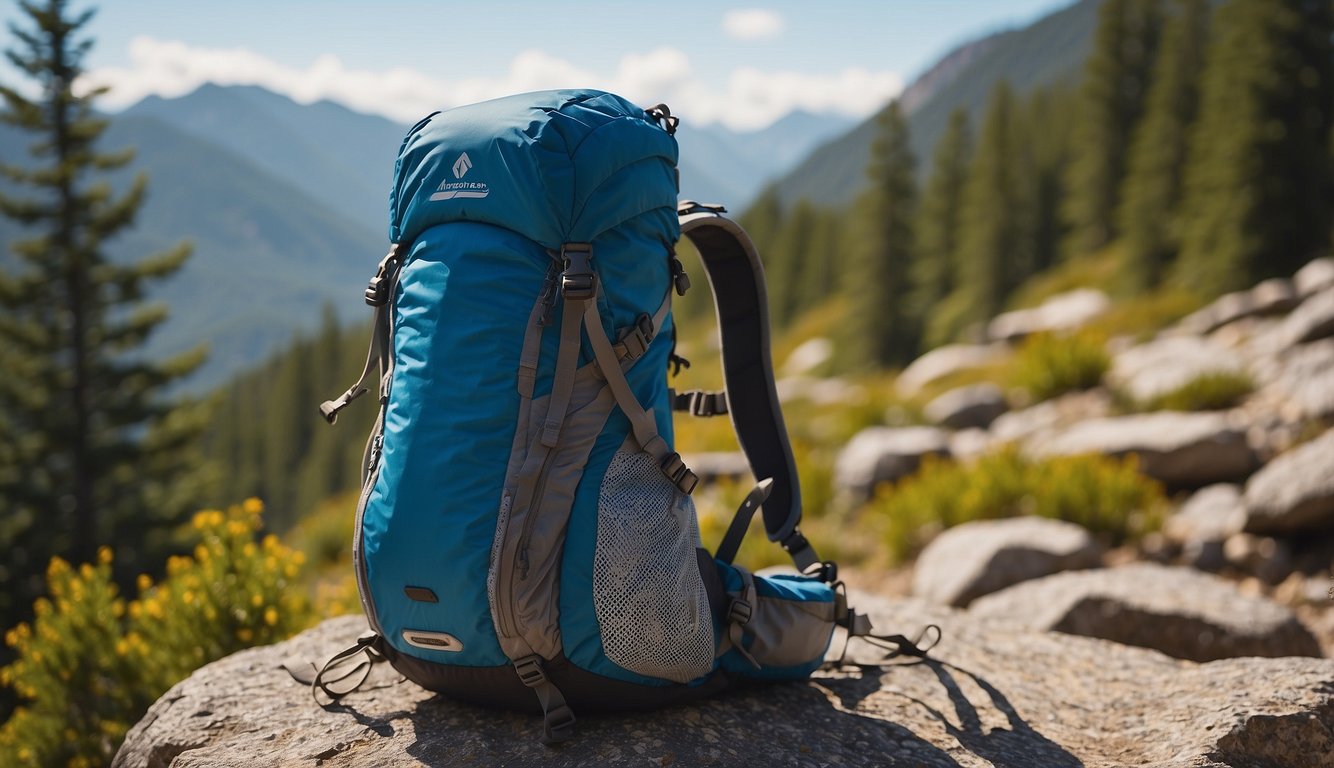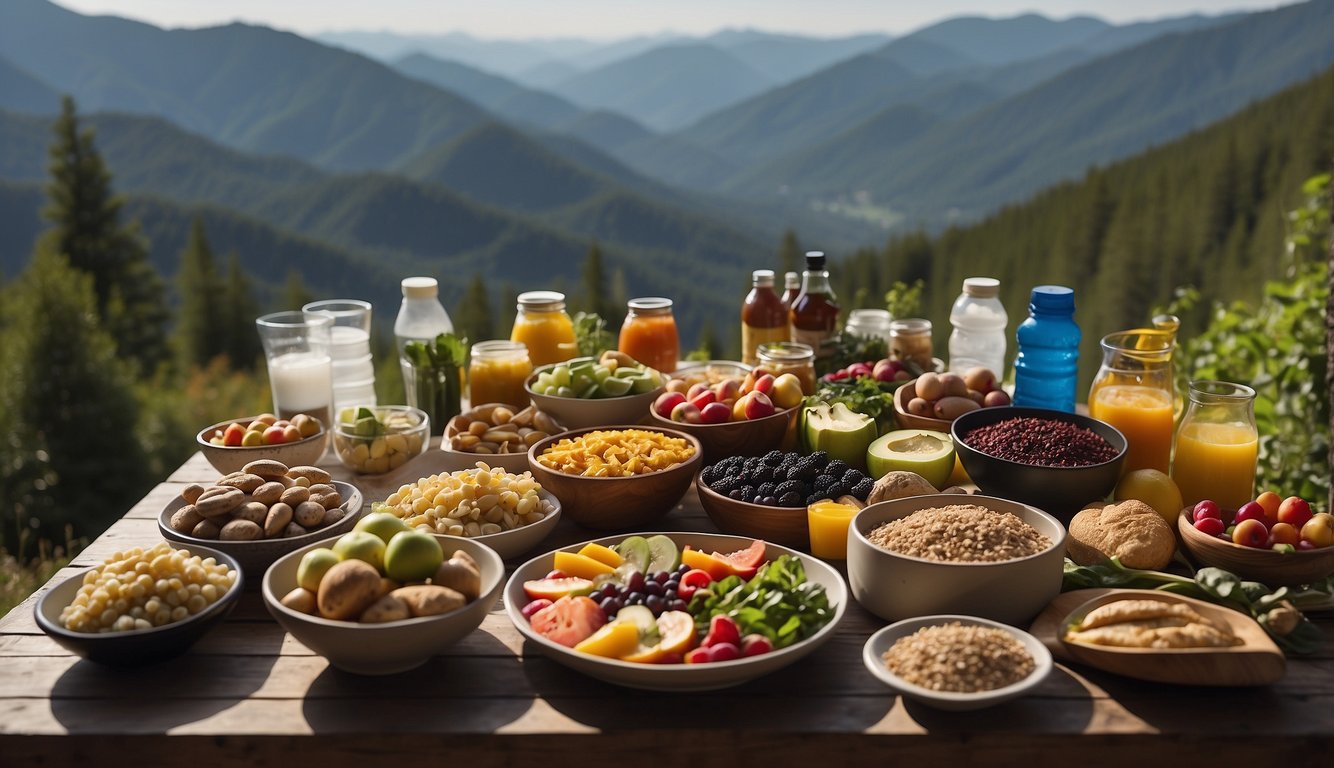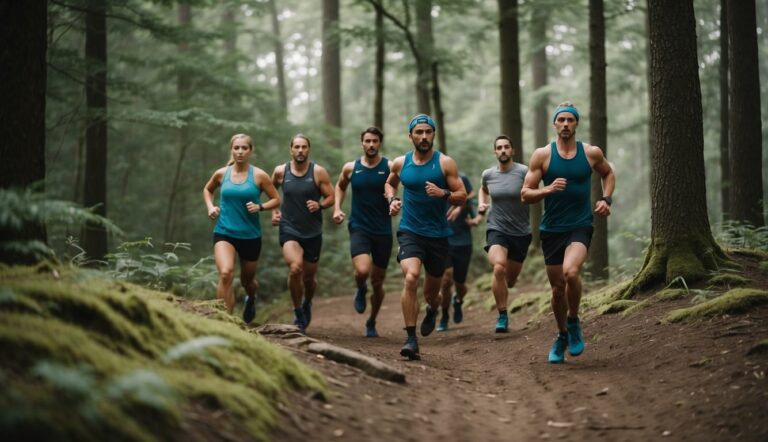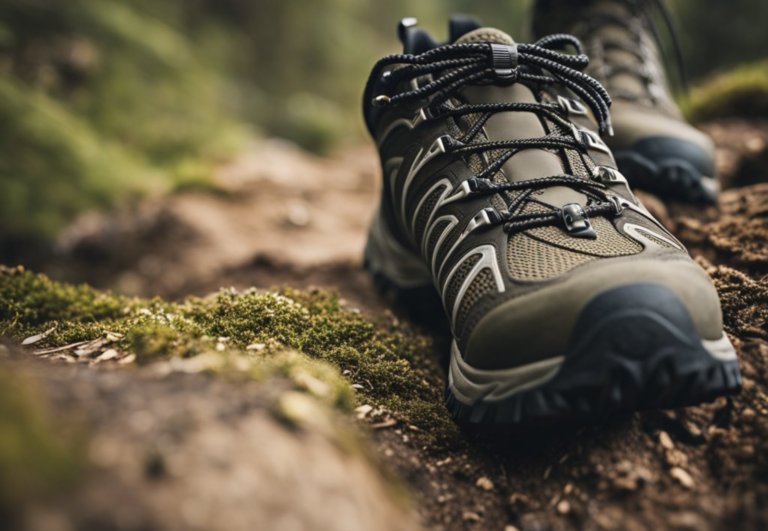Race Day Nutrition for Trail Races: Essential Tips for Peak Performance
Race day nutrition is crucial for trail racers looking to optimize their performance. As a UESCA certified running coach, I’ve found that starting a race with well-fueled glycogen stores is essential. Topping off these energy reserves before longer activities, especially those exceeding 60 minutes, is an effective strategy for maintaining endurance and efficiency throughout a race.
Proper hydration and fueling practices can’t be overstated in their importance on race day. Personally, I advocate for a blend of carbohydrates and protein to sustain both body and brain energy. It’s not just about the calories; the type of nutrients and the timing of their intake play a pivotal role in a racer’s success. Practicing these nutrition strategies during training helps ensure they’re second nature on the big day.
Developing Your Trail Racing Nutrition Strategy
As a UESCA certified running coach, I emphasize that establishing a nutrition plan is critical for success in trail racing. Training should integrate the nutrition strategy so your body adapts to digesting and utilizing the fuel during the exertion of a race.
Components of a Trail Race Nutrition Plan:
Energy Sources: Prioritize easily digestible carbs.
- Gels
- Chews
- Bars
Hydration: Match your hydration to the environmental conditions and sweat rate.
- Water
- Electrolyte drinks
Timing: Practice fueling on long runs to mirror race conditions.
- Consume carbs every 45-60 minutes.
- Hydrate every 15-20 minutes.
Personalization: Understand that individual needs vary.
- Experiment with different foods.
- Notice how your stomach reacts.
Runners must consider the course profile, weather, and their digestive comfort when creating their nutrition plan. During training, experiment with different types and timing of fuel to discover what works best for you.
To aid with this, I recommend you create a personalized table like the one below to track your nutrition during training:
| Time (Minutes) | Food | Quantity | Notes |
|---|---|---|---|
| 0 | Gel | 1 | |
| 30 | Water | 500ml | |
| 60 | Bar | 1 | |
| 90 | Electrolyte Drink | 500ml |
Remember, what you eat and drink should fuel you sufficiently while preventing discomfort or GI distress. Fine-tune your plan with each training run until it feels like second nature. By the time race day arrives, your nutrition strategy will be just as rehearsed as your running.
Pre-Race Nutrition and Preparation
As a UESCA certified running coach, I know the importance of strategic pre-race nutrition for trail runners. Proper calorie and nutrient intake can make a significant difference in your performance.
Fueling Up the Day Before
The day before your race is critical for loading your muscles with glycogen, the fuel your body will tap into during the race. Aim to consume a balanced dinner with a focus on carbohydrates, which should make up about 50-60% of your meal.
Ideal Meal Composition:
- Carbohydrates: 50-60%
- Protein: 20-25%
- Fruits and Vegetables: 20-25%
Dinner Examples:
- A bowl of pasta with tomato sauce and lean chicken
- A quinoa salad with chickpeas, mixed greens, and a side of fruit
Keep hydration in mind by drinking plenty of water throughout the day.
Race Morning Diet
On race day morning, your goal is to top off your energy stores. Consume a meal rich in carbohydrates 2-4 hours before the race starts, aiming for 2 to 4 grams of carbs per kilogram of body weight. Keep protein present, but in smaller amounts to avoid digestive discomfort.
Pre-Race Meal Breakdown:
- Carbohydrates: 70-80%
- Protein: 10-15%
Breakfast Examples:
- A serving of oatmeal with banana and a spoonful of peanut butter
- White rice with a side of fruit and a small amount of protein such as Greek yogurt
Balance your intake with sufficient fluids to ensure proper hydration but avoid over-drinking right before the start.
Race Day Fueling
Effective fueling on race day is crucial for trail runners to maintain energy levels and optimize performance. Understanding your caloric and nutrient needs, along with ensuring proper hydration and electrolyte balance, are key to your success on the trails.
Understanding Calories and Nutrient Needs
When preparing for a race, it’s essential to focus on calories and nutrient balance. I recommend consuming a high-carbohydrate meal a day before to maximize glycogen stores. On race day, a balanced breakfast comprising carbohydrates, protein, and fats can fuel your muscles effectively.
- Carbohydrates: Prioritize complex carbs like oatmeal or whole grain toast.
- Proteins: Include a moderate amount, such as Greek yogurt or eggs.
- Fats: Opt for healthy fats, for example, avocado or nuts.
Remember, caloric intake varies based on individual factors like body weight and intensity of the race.
Hydration and Electrolyte Balance
Hydration is not just about water; it’s about maintaining electrolyte balance too. Electrolytes, like sodium and potassium, are essential for regulating fluid balance and muscle function. Start hydrating early, and make use of aid stations to replenish fluids and electrolytes.
| Electrolyte | Source | Importance |
|---|---|---|
| Sodium | Sports drinks, salt tablets | Prevents cramping |
| Potassium | Bananas, oranges | Aids muscle function |
| Magnesium | Nuts, leafy greens | Supports energy levels |
Consume small, frequent sips of fluid, preferably with electrolytes, instead of large amounts infrequently. This can help prevent hyponatremia, a condition caused by overhydration.
On-the-Go Energy Sources

When trail running, maintaining energy levels is crucial. I recommend a combination of gels, chews, and energy bars, along with electrolyte drinks, to sustain performance.
Choosing Between Solids and Gels
Deciding between solid foods and gels during a race depends on personal preference and digestive comfort. Gels are easy to consume and digest, and they rapidly deliver energy to the body. They often contain a mix of maltodextrin and fructose, which can optimize carbohydrate absorption. Chews offer a similar benefit but in a solid form that can be easier for some runners to handle. On the other hand, solid options like energy bars can be more satisfying and provide a varied texture, which some runners prefer. However, they do require more effort to digest.
- Gels: Quick absorption, often contain caffeine for an extra boost.
- Chews: A solid alternative to gels, easy to portion deliver energy over time.
- Solids: Can be more satiating, take longer to digest, better for longer races.
How to Use Energy Bars, Chews, and Drinks
Energy bars should be consumed with water to aid in digestion and to avoid dry mouth. They’re an excellent source of sustained energy due to the combination of carbohydrates, fats, and protein. Chews can be taken intermittently, providing the convenience of gels but in a chewable form. They’re typically packed with simple sugars and may include electrolytes to replace what’s lost through sweat.
Energy drinks not only provide carbohydrates but also replenish electrolytes. Electrolytes are vital for muscle function and hydration, and drinks often come with added sodium to help retain fluids. Caffeine, commonly found in these drinks, can give you a mental and physical performance edge.
- Energy Bars: Best for longer, slower races where digestion is less of a problem.
- Chews: Convenient, easy to pace your intake, often contain electrolytes.
- Energy Drinks: Great for hydration, replace electrolytes, may contain caffeine for added stimulation.
Tailoring Nutrition to the Trail

In trail racing, the variability of the course demands a personalized approach to nutrition. My strategy is to assess the elevation, terrain, and length of the race to create a customized nutrition pack that supports both energy needs and digestive comfort.
Adaptation to Elevation and Terrain
Elevation: High altitudes can complicate digestion and decrease appetite. For trail runners, I recommend:
- Simple Carbohydrates: Easy to digest, they provide quick energy.
- Hydration: Increased fluids with electrolytes to aid in oxygen delivery.
Terrain: Uneven trails warrant stable footing and less jostling of the stomach. Here’s my recommended approach:
- Soft Foods: Gels, soft chews, and mashed fruits work well.
- Secure Packaging: Ensure all items are packed snug in your vest or belt to avoid bouncing.
Customizing Your Nutrition Pack
Long Runs: For runs exceeding 60 minutes, I advise a pack that delivers 50-90 grams of carbohydrates per hour. Here’s a sample nutrition pack breakdown:
- Energy Gels: 1-2 depending on your effort and calorie needs.
- Bars: 1, preferably with a balance of carbs and protein.
- Drinks: A hydration bladder with a sports drink mix to sip regularly.
Digestive Considerations: Because each runner’s digestive system is unique, it’s critical to trial your nutrition plan during training runs. I suggest:
- Food Sensitivity: Note foods that cause discomfort and adjust accordingly.
- Caloric Intake: Aim for 150-300 calories per hour, as this is typically manageable for most stomachs.
By adaptively planning for elevation, terrain, and personal digestive needs, trail runners can optimize their nutrition for race day performance. As a UESCA certified running coach, I emphasize the importance of tailoring your nutrition strategy to the particulars of each trail race, not just to sustain energy but also to ensure a comfortable and satisfying run.
Post-Race Recovery
Immediately after a trail race, the priority for runners is to start the recovery process. This involves replenishing depleted glycogen stores, repairing muscle damage with protein, and ensuring a balance of nutrients and hydration to facilitate optimal recovery.
Immediate Nutritional Recovery Steps
In the 30 minutes following a race, swift action on nutrition can significantly impact the recovery process. The goal here is to restore glycogen and commence muscle repair.
Carbohydrates: Aim for simple carbs for quick absorption. Examples include:
- Banana
- White bread with jam
- Sports drink
Protein: A source of protein helps with muscle repair. Ideal options post-race are:
- Whey protein shake
- Chocolate milk
To illustrate, here’s a quick table combining carbs and protein in an ideal post-race snack:
| Carb Source | Protein Source |
|---|---|
| Banana | Whey Protein Shake |
| White Bread with Jam | Chocolate Milk |
Long-Term Recovery Foods
After the initial recovery phase, attention turns to balanced, longer-term nutrition strategies to continue the recovery process.
Complex Carbohydrates: They are crucial for restoring muscle glycogen over the next 24 to 48 hours. Foods rich in complex carbs include:
- Sweet potatoes
- Brown rice
- Whole grain pasta
High-Quality Protein: Continue consuming protein to aid muscle repair. In the hours to days after a race, incorporate a variety of protein sources:
- Chicken breast
- Greek yogurt
- Quinoa
Fats: Include healthy fats which are necessary for inflammation control and overall health. Sources of healthy fats are:
- Avocado
- Nuts and seeds
- Salmon
Additionally, fiber-rich foods can support digestive health, which can be disrupted after intense races. Foods like berries, leafy greens, and whole grains are excellent options.
Remember, I’m a UESCA certified running coach, and my recommendations are grounded in nutritional science tailored for runners. The balance of macronutrients post-race will support a more efficient and effective recovery, preparing you for your next challenge on the trails.





